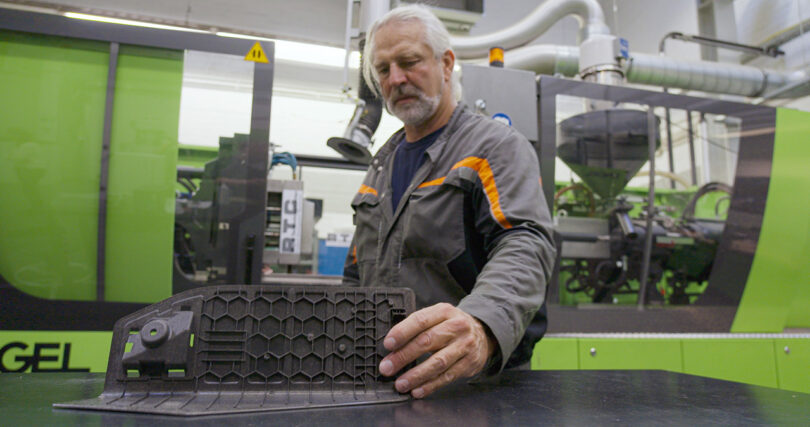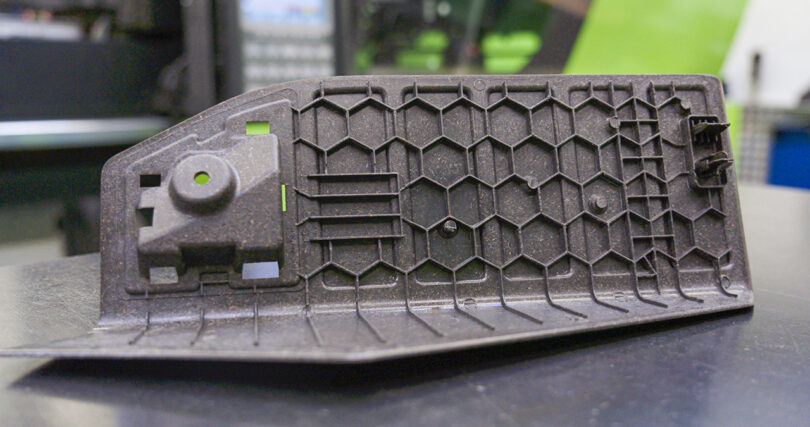- This topic is empty.
-
Topic
-
In a world where the rubber meets the road and sustainability is more than just a buzzword, the automotive industry is shifting gears towards a greener future. Gone are the days of mere greenwashing; now, automakers are rolling up their sleeves and diving headfirst into the development of eco-conscious materials fit for the fast lane.
Genesis, known for their luxurious rides, is decking out the interiors of their electric wonders with plant-based leather. Meanwhile, Hyundai’s IONIQ 5 is getting a taste of nature with floor mats woven from sugar cane and corn. And Polestar? Well, they’re ditching carbon fiber for flax-based composite parts in their Polestar 3.

But wait, there’s more. Picture this: a scenic backdrop of olive groves stretching as far as the eye can see, under a sky painted with fluffy clouds. It’s in these very groves of Andalusia, Spain, that Ford engineers, in cahoots with COMPOlive, are cooking up something revolutionary.
They’re taking the excess organic matter from pruned olive trees and turning it into a bio-composite fiber. Yep, you heard that right. Olive trees aren’t just for oil anymore; they’re making their mark in the automotive world.

The end result? Pellets of biocomposite material, a blend of recycled plastic and olive tree fiber, ready to inject some sustainability into Ford vehicles. With parts made from 40% olive tree fibers and 60% recycled polypropylene plastic, these babies are tough enough to handle the road and light enough to keep things efficient.
And it’s not the first rodeo for Ford in the world of eco-friendly materials. They’ve already turned yogurt cups into frunk inserts for the Mustang Mach-E and ocean plastic into harness clips for the Bronco Sport.

But why stop there? This partnership with COMPOlive isn’t just about building better cars; it’s about forging a path towards a greener future for all. By reducing their reliance on virgin plastics and giving olive oil producers a new revenue stream, Ford is paving the way for a win-win situation.
Sure, they’ve got big goals ahead – like reaching carbon neutrality globally by 2050 and in Europe by 2035 – but with innovations like these, they’re well on their way to making them a reality. So buckle up, folks. The road to sustainability just got a whole lot smoother.
- You must be logged in to reply to this topic.


